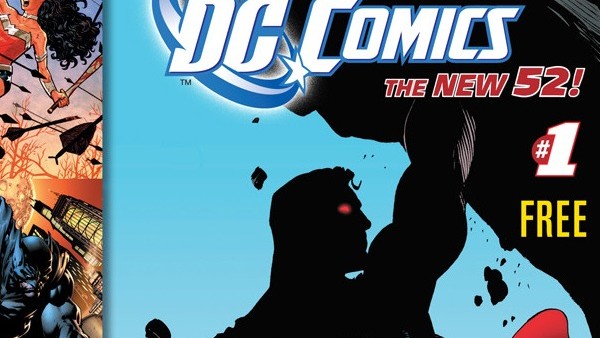How The New 52 Broke DC Comics
The Crisis To End All Crises - How And Why DC Rebooted Its Universe

To put the New 52 into further context, back in 2011, DC was lagging behind main competitor Marvel in terms of overall market share. There were occasional months where the Distinguished Competition was able to outperform the House of Ideas - such as in 2009/10, with books like Blackest Night - but for the most part, Marvel retained a share of the market that was far greater than DC's own, averaging 38.23% and 43.35% of the dollar market share and unit market share compared to DC's 30.39% and 34.00% in 2010, according to Diamond, a year before DC's reboot would drop.
Previous years paint a similar picture, with Marvel retaining the top spot and DC coming in behind in a not-too-distant second, but always with a big enough gap to never really trouble their biggest rivals. It was with this in mind that DC editorial, headed up then by Dan DiDio, Geoff Johns and Jim Lee, resolved to try something drastic.
The idea was that DC needed to appeal to new readers if it was ever going to close the distance on Marvel, and to do that, changes had to be made. DC's characters were frequently criticised for being everything Marvel's heroes weren't, and although any DC reader will tell you that's a spectacular error to make, it's a perception that's persisted all the same, along with other such takes as "Superman isn't relatable", and "Aquaman talks to fish."
[Article continues on next page...]